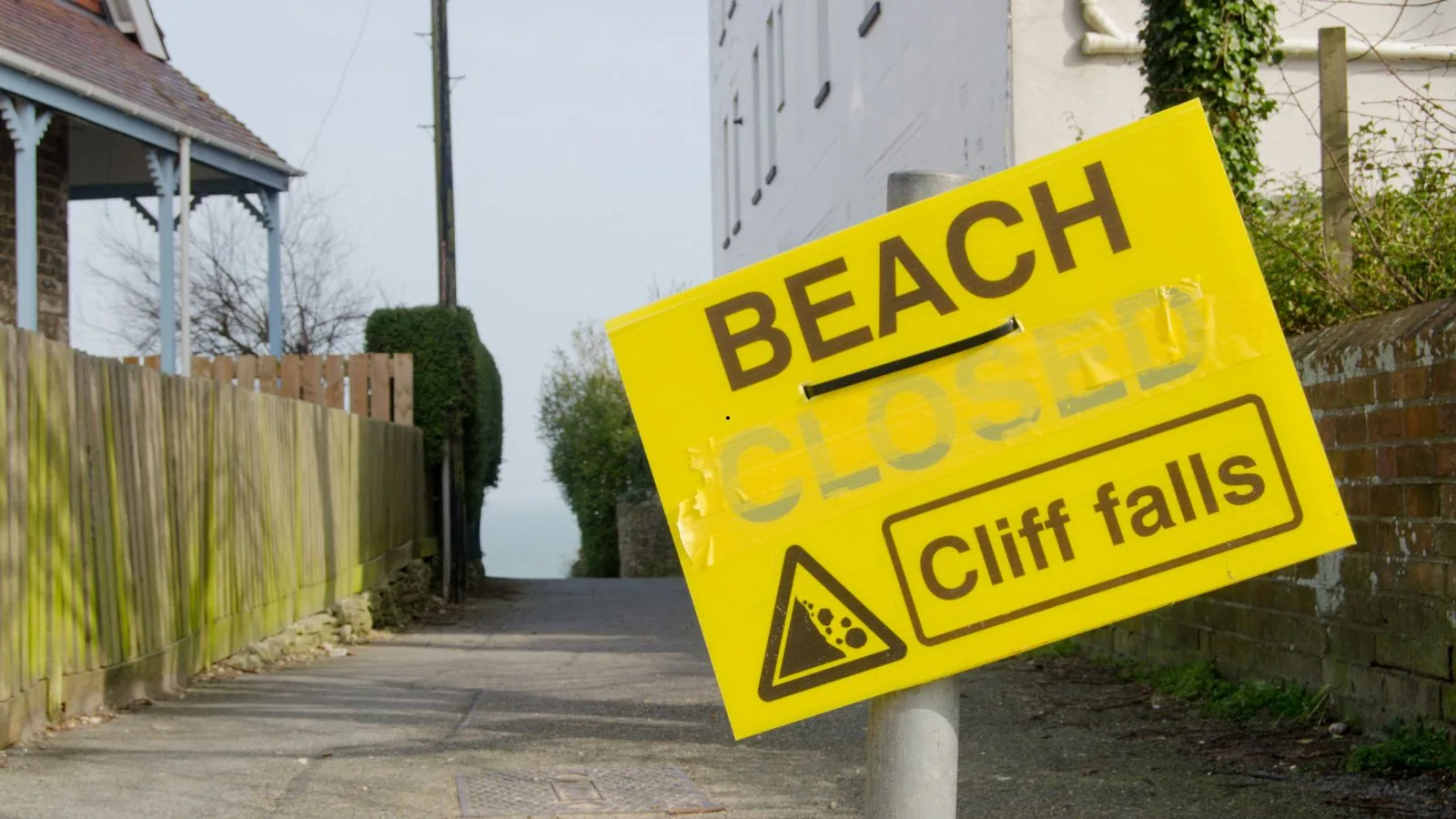Think the beach is all about sunbathing and splashing in the surf? Think again. Some of America’s most stunning shorelines are also its most dangerous. Whether it’s shark-infested waters, powerful rip currents, or even volcanic activity, these beaches are not for the faint of heart. Here are 16 of the most perilous beaches in the US.
1. Cape Cod, Massachusetts
Danger: Shark Attacks
With its high shark population thanks to abundant seals, Cape Cod is a hotspot for shark encounters.
Safety Tips:
- Avoid swimming during peak shark activity hours (dusk and dawn).
- Stay in designated swimming areas.
2. Hanakapiai Beach, Hawaii
Danger: Strong Rip Currents
This remote beach is known for its unpredictable ocean conditions and lack of lifeguards.
Safety Tips:
- Avoid swimming altogether, especially during rough weather.
- If caught in a rip current, swim parallel to the shore until free.
3. Myrtle Beach, South Carolina
Danger: High Crime Rate and Rip Currents
A popular tourist destination with a history of theft and strong currents.
Safety Tips:
- Stay alert and avoid isolated areas.
- Swim only near lifeguards and pay attention to warning flags.
4. New Smyrna Beach, Florida
Danger: Shark Attacks
Dubbed the “Shark Attack Capital of the World,” this beach has frequent shark sightings.
Safety Tips:
- Avoid swimming during dawn and dusk.
- Always swim in groups.
5. Outer Banks, North Carolina
Danger: Rip Currents and Hurricanes
It is known for its frequent storms and powerful currents.
Safety Tips:
- Check weather reports before heading out.
- Swim near lifeguard stations and heed all warnings.
6. Galveston Island, Texas
Danger: Pollution and Jellyfish Stings
Polluted waters from industrial runoff and dangerous marine life.
Safety Tips:
- Avoid swimming after heavy rains.
- Wear protective gear to guard against jellyfish stings.
7. Panama City Beach, Florida
Danger: Dangerous Marine Life
Warm waters attract jellyfish and stingrays.
Safety Tips:
- Shuffle your feet when walking in the water to avoid stingrays.
- Pay attention to warning signs about dangerous marine life.
8. Venice Beach, California
Danger: High Crime Rate
Tourist-heavy with a reputation for opportunistic crimes.
Safety Tips:
- Keep valuables secure and stay in well-lit areas.
9. Lake Michigan, Illinois
Danger: Unexpected Rip Currents
Calm appearances can be deceiving; strong underwater currents lurk beneath.
Safety Tips:
- Always swim with a buddy.
- Stay close to the shore.
10. Kilauea Beaches, Hawaii
Danger: Volcanic Activity and Hot Water
Proximity to active volcanoes makes these beaches unique but risky.
Safety Tips:
- Heed all volcanic activity warnings.
- Avoid the water if there are signs of recent eruptions.
11. Virginia Beach, Virginia
Danger: Shark Sightings and Rip Currents
Sharks frequently visit due to the warm waters along the coast.
Safety Tips:
- Stay in lifeguard-monitored areas.
- Follow all beach warnings and advisories.
12. Gulf Shores, Alabama
Danger: Hurricanes and Strong Currents
Prone to tropical storms and strong currents.
Safety Tips:
- Monitor weather updates regularly.
- Avoid the water during storm warnings.
13. Waikiki Beach, Hawaii
Danger: Overcrowding and Theft
High tourist traffic can lead to safety concerns.
Safety Tips:
- Keep personal belongings secured.
- Swim in less crowded areas for safety.
14. South Padre Island, Texas
Danger: Spring Break Crime and Strong Currents
Popular spring break destination with alcohol-related incidents.
Safety Tips:
- Avoid large crowds.
- Stay in designated swimming zones.
15. Coos Bay, Oregon
Danger: Unpredictable Waves and Strong Currents
Rugged coastlines and unpredictable conditions make this beach risky.
Safety Tips:
- Stay away from rocky areas.
- Check local advisories before entering the water.
16. Punaluu Black Sand Beach, Hawaii
Danger: Strong Currents and Sharp Rocks
Volcanic activity creates a rough terrain with strong currents.
Safety Tips:
- Wear water shoes for protection.
- Avoid swimming during high surf.
Conclusion
These 16 dangerous beaches in the US offer some of the most thrilling yet perilous experiences in the country. While they are not for the faint of heart, proper precautions can allow you to enjoy their beauty safely. Always stay informed, follow local guidelines, and never underestimate the power of nature.




